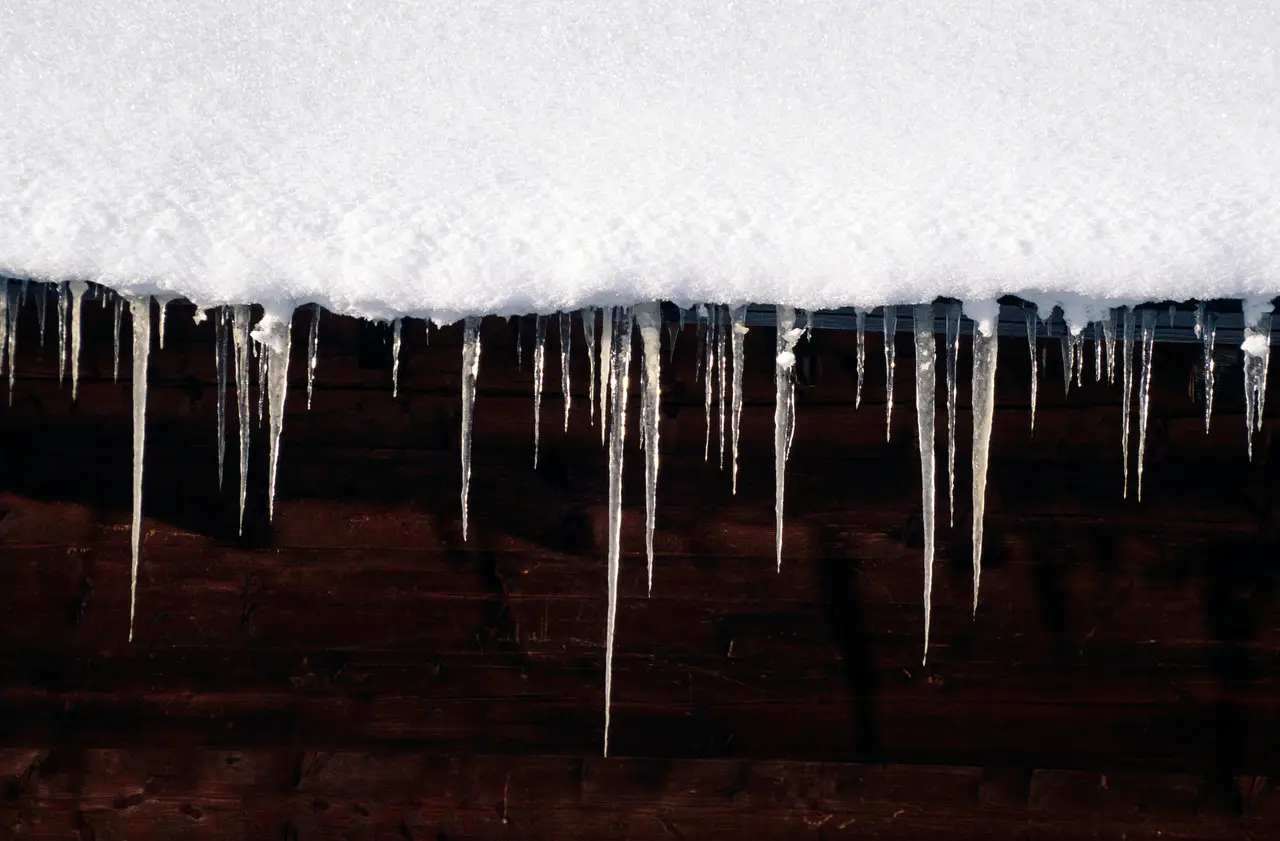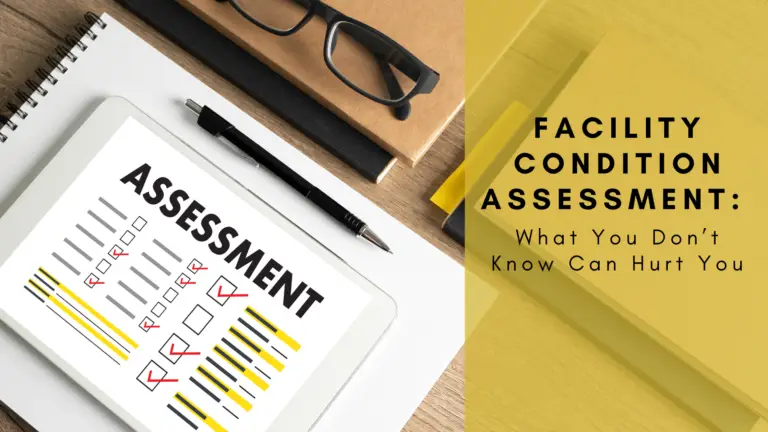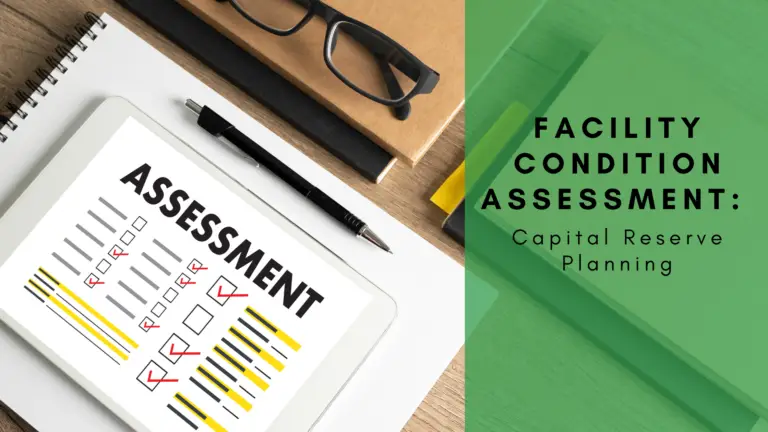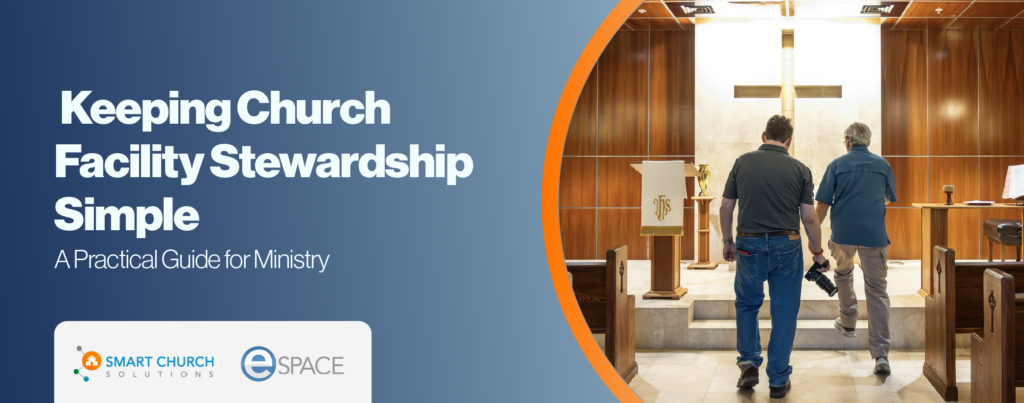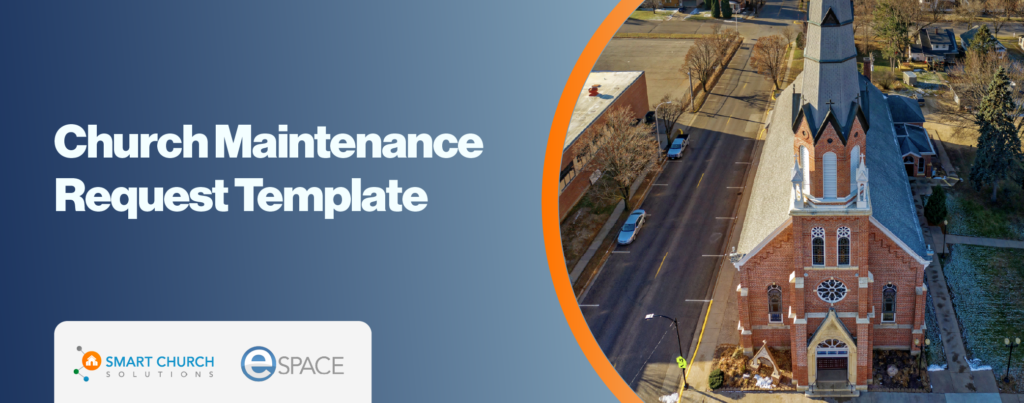Fall is here which means winter is right around the corner. In fact, it happens this same time every year, so do not be taken off guard.
Here are 10 steps you should take to prepare your church for winter:
Inspect all pipes to ensure proper insulation
Regular inspection of pipes for adequate insulation is crucial, especially as winter approaches. Properly insulated pipes prevent freezing and bursting, which can lead to significant water damage and costly repairs. Ensure that all pipes, particularly those in unheated areas or near exterior walls, are well insulated to maintain functionality and efficiency.
Disconnect all exterior hoses and irrigation lines
Before the onset of freezing temperatures, it’s important to disconnect and drain all exterior hoses and irrigation lines. This preventive measure protects against freezing and cracking, safeguarding your irrigation systems from damage during the colder months.
Clean gutters from debris and standing water
Keeping gutters clear of leaves, debris, and standing water is essential for preventing water damage and ice dams. Regular cleaning ensures proper drainage, protecting the roof, walls, and foundation of your facility from water-related issues.
Review your snow and ice removal procedures including any outsourced vendors and ice melt supplies
Review and update your snow and ice removal plan, including contracts with outsourced vendors and ensuring an adequate supply of ice melt. A well-prepared approach minimizes the risk of accidents on your property and ensures a safe environment for your congregation and staff.
Change your HVAC filters and inspect your furnaces/boilers to ensure proper working conditions
Regularly changing HVAC filters and inspecting furnaces or boilers are key to maintaining a warm and comfortable environment in your facility. Proper maintenance ensures efficient operation, extends the life of your heating system, and can prevent costly breakdowns during peak usage.
Seal all opening (I.e doors, windows, etc.) with new caulk, weather strip and the like
Sealing gaps around doors and windows with new caulk or weatherstripping is an effective way to enhance energy efficiency. This simple step prevents drafts, reduces heating costs, and improves the overall comfort level within your facility.
Update entrance mats
Replace or clean entrance mats to ensure they effectively trap dirt and moisture, especially in wet and snowy conditions. Well-maintained entrance mats enhance safety by reducing slip hazards and help in keeping your facility’s interior clean.
Inspect roofs for any areas of concern
An inspection of your facility’s roof can identify potential problems such as leaks, missing shingles, or structural issues. Addressing these concerns promptly can prevent more significant damage and ensure the integrity of your facility’s roof.
Prepare for hard floor maintenance
The colder months are an ideal time to perform maintenance on hard flooring. This includes deep cleaning, repairing any damage, and applying finishes to protect the floor and enhance its appearance, ensuring longevity and resilience against high foot traffic.
Inspect all exterior lighting to verify proper operation. It is going to get darker earlier!
With shorter days and longer nights, ensuring all exterior lighting is in proper working order is vital for safety and security. Regular checks and timely repairs of outdoor lighting fixtures will keep your facility well-lit and welcoming, even as it gets darker earlier.

There are probably 100 other things that can and should be done, but the above is a great place to start.
Stay Warm and safe!


